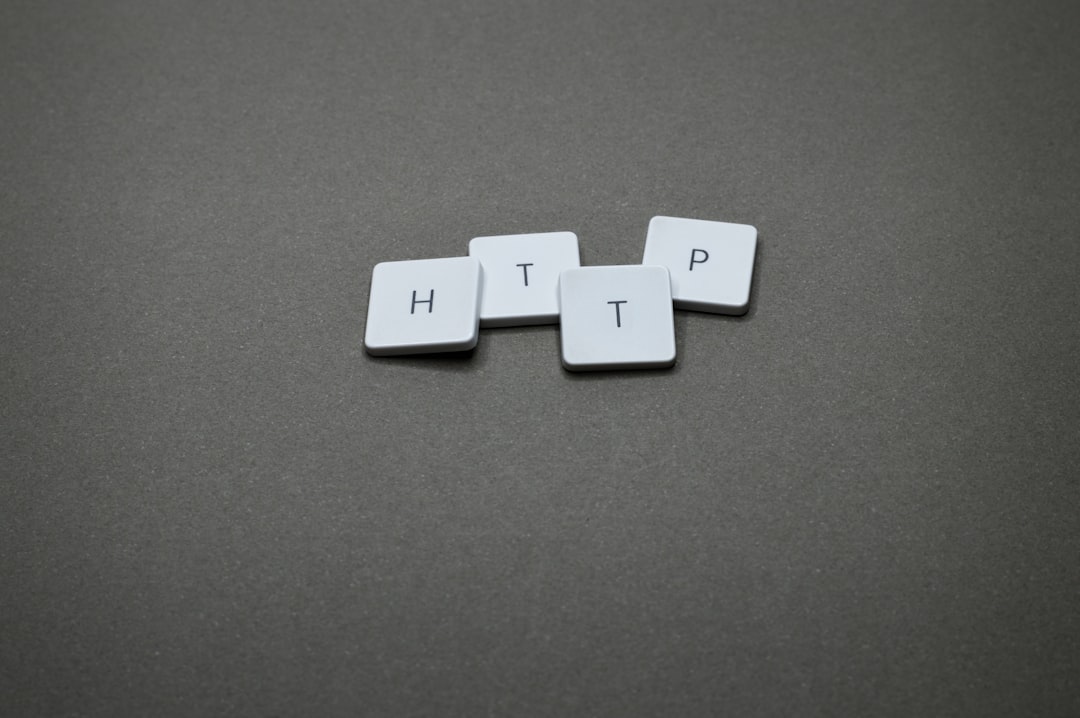Scaling a WooCommerce store to handle over 100,000 products is not a small feat. Whether you’re running a large catalog of electronics, apparel, or digital goods, performance bottlenecks can bring even the slickest online store to a crawl. To ensure your store is both fast and scalable, it’s essential to understand the core bottlenecks and how tools like caching, High-Performance Order Storage (HPOS), and efficient indexing can help power up your WooCommerce setup.
This article walks you through the best practices, optimizations, and architectural considerations required to scale WooCommerce for high product volumes without sacrificing speed or reliability.
The Challenges of Scaling WooCommerce
WooCommerce is popular for its flexibility and extensibility. But those same strengths can quickly become weaknesses when dealing with large volumes of data. Different parts of a WooCommerce store can break down under load:
- Database congestion – A bloated database with hundreds of thousands of rows for products, metadata, variations, and orders can lead to deadlocks and slow queries.
- Query performance – WooCommerce relies on WordPress’s posts and postmeta tables, which are not optimized for complex filtering or large result sets.
- Caching inefficiencies – Page and object caching are crucial, but without proper configuration, caches can become stale or ineffective.
- Order processing load – Legacy order storage can stress the postmeta table, putting pressure on both read and write performance.
Understanding and addressing these issues proactively can prevent you from running into performance bottlenecks that are difficult to fix post-launch.
Implementing Object and Page Caching
Caching is your first and most important layer of performance optimization. For high-product-count stores, object and page caching can yield instant benefits by reducing the number of database queries.
1. Object Caching
Use a persistent object cache like Redis or Memcached to store often-used database queries in memory. This is especially important when WooCommerce needs to load hundreds of product records at once.
Common tools for object caching include:
- Redis Object Cache plugin for WordPress and WooCommerce
- Memcached combined with the W3 Total Cache plugin
Once enabled, this dramatically reduces the query load on your MySQL database, especially during high-traffic periods.
2. Page Caching
Page caching stores the complete rendered HTML of WordPress pages, allowing for extremely fast page load times. Static caching is especially helpful for category and product archive pages.
Recommended caching tools:
- WP Rocket – A user-friendly caching plugin with WooCommerce support.
- NGINX + FastCGI Cache – A powerful server-level caching solution.
- Cloudflare – CDN services with full-page caching and edge rules.

Make sure WooCommerce’s cart, checkout, and account pages are excluded from full-page caching to prevent session-related issues.
Leveraging High-Performance Order Storage (HPOS)
In 2023, WooCommerce introduced HPOS (High-Performance Order Storage) — a new way to store order data that departs from the traditional WordPress posts and postmeta structure.
What is HPOS?
HPOS separates order data into dedicated tables designed specifically for WooCommerce, enabling faster inserts, reads, and updates. This is especially impactful for stores processing thousands of orders a day.
Benefits of HPOS
- Reduces database load on wp_posts and wp_postmeta
- Improves query performance for order retrieval
- Makes bulk order processing and exports significantly faster
To enable HPOS, update to the latest WooCommerce version and activate the feature from the WooCommerce settings page. You may need to test plugin compatibility because some older plugins don’t account for the new tables.

Database Indexing: The Unsung Hero of Speed
Indexing is one of the most powerful (yet underused) tools for speeding up database queries on large WooCommerce sites. When you’re dealing with product catalogs above 100,000 items, proper indexing can greatly reduce query execution time.
Understand Your Query Bottlenecks
Use tools like Query Monitor or New Relic to identify which SQL queries are taking the longest. Often, it’s queries on meta fields — especially when WooCommerce uses the wp_postmeta table to filter or sort products.
How Database Indexing Helps
By adding indexes to frequently queried columns (such as meta_key and meta_value), MySQL can retrieve results without scanning the full table.
Sample command for adding an index:
ALTER TABLE wp_postmeta ADD INDEX meta_key_index (meta_key);
However, too many indexes can slow down writes — so it’s important to test carefully in staging before applying in production. Consider consulting a DBA or DevOps engineer before making significant changes to table indexes.
Managing the Product Catalog
A product catalog with over 100,000 items needs to be well-organized not just for customers, but for backend performance as well.
Optimize Product Data
- Limit the number of custom fields and use taxonomies (like attributes, tags, and categories) where appropriate.
- Avoid using external product images from slow servers — host assets on a CDN.
- Use bulk editors or imports (e.g., WP All Import) during off-peak hours.
Use Products Visibility and Indexing
Mark discontinued or temporary products as draft or private instead of deleting them to maintain historical data. However, exclude them from search and storefront queries.
Custom search indexes (e.g., through ElasticPress or SearchWP) can also help provide fast, relevant product search results.
Server Stack Considerations
Your WooCommerce store’s backend infrastructure should grow as your product catalog does. A typical shared hosting plan won’t cut it when running at this scale.
What to Consider for High-Scale WooCommerce Hosting
- Dedicated or Cloud VPS like DigitalOcean or AWS
- PHP workers – Ensure enough concurrency to handle large traffic surges
- MariaDB or Percona over vanilla MySQL for better performance
- Object caching layers like Redis installed at the server level
Managed WooCommerce hosts like Kinsta, Gridpane, or Cloudways offer pre-optimized environments that support large-scale operations out-of-the-box.
Monitoring and Ongoing Optimization
Scaling doesn’t stop at launch. Constant monitoring and periodic optimization are required to handle growth, plugin updates, and seasonal spikes.
Regular Maintenance Tasks
- Delete old transients from the options table
- Run database optimizations (using WP-CLI or plugins like WP Optimize)
- Regularly audit slow-loading pages using Lighthouse, GTmetrix, or WebPageTest
You should also run staged performance tests before major product imports or plugin installations to detect regressions early.

Conclusion
While WooCommerce isn’t a headless enterprise platform by default, it’s entirely possible to scale it to support over 100,000 products with the right techniques and infrastructure. Through a thoughtful combination of caching, HPOS, targeted indexing, and server-level optimizations, you can serve large catalogs seamlessly.
If your store is crawling with just a few thousand products, imagine how it